Norilsk Nickel is about to sue Botswana’s government for $277 million
Today, The Norilsk Nickel said they would start a legal law action against Botswana’s government, due to their imprudent trading that goes beside their deals.
Norilsk Nickel Group is going to initiate legal proceedings in Botswana. Seeking to collect more than $277 million from the country’s government over asset selling transaction. For its involvement in the “reckless trading” of BCL Ltd and BCL Investments Proprietary Ltd.
The announcement

It plans to sue the government for $277 million. Plus adding damages and other costs owed to the company in relation to the sale of a 50% interest in the Nkomati mine in South Africa. It also intends to claim a further $6.4 million in relation to the sale of the Tati mine in Botswana.
“Norilsk Nickel will ask for a court order making the government responsible for paying all of the liabilities due from BCL under its agreement with Norilsk Nickel and the costs of the intended court proceedings.”
“It would appear that the Government of Botswana is in negotiations with potential investors about a possible sale of BCL. Norilsk Nickel reiterates its rights in relation to the Nkomati and Tati transactions and will continue to seek the repayment of the outstanding debts due to Norilsk Nickel by all legal means.” (Metal Bulletin)
The agreements dating from 2014
The company agreed to sell its operations in Africa to BCL for a total price of $337 million. It happened in October 2014. This amount was later reduced. Due to an agreed price concession requested by BCL and Botswana’s government.
They designed Nkomati mine deal to guarantee the long-term future of BCL’s operations. By securing the supply of concentrate to its smelter in Selebi Phikwe, Botswana. 
“BCL always relying historically on financial support from the government to survive. And, in view of BCL’s financial position, most, if not all of the funding for the Nkomati deal was coming from government. Or the government had to be guarantee it.
When it became an obligation for BCL to buy Nkomati on 13 September 2016, BCL and the government didn’t made attempts to complete the deal. In clear breakthrough of the agreement with Norilsk Nickel.
Botswana’s officials notified
In October 2016, they imparted that BCL had been put into provisional liquidation by the government. So it no longer had any obligations in the front of Norilsk Nickel.
 The company “tried on numerous occasions, and through numerous channels, to reach a satisfactory and amicable resolution, but none has been forthcoming. Therefore they have been left with no other option but to purse a resolution through legal channels.”
The company “tried on numerous occasions, and through numerous channels, to reach a satisfactory and amicable resolution, but none has been forthcoming. Therefore they have been left with no other option but to purse a resolution through legal channels.”
According to Norilsk Nickel, they served the notice of legal proceedings on Botswana’s attorney general, minister of mineral resources, green technology and energy security, and the minister of finance.
The Government of Botswana is the ultimate shareholder of BCL through its corporate vehicle MDCB. (Metal Bulletin)
Facts about Norilsk Nickel
Norilsk Nickel is a diversified ore mining and smelting company. Also the world’s leading nickel and palladium producer. It operates industrial facilities in the Norilsk industrial region. And on the Kola Peninsula in Russia, Finland, the United States, Australia, Botswana and South Africa. Norilsk Nickel has its own global network of representative and sales offices in Russia, the UK, China, the U.S. and Switzerland.





 Copper inventories [on the LME] have fallen over 16%. Also, zinc is down 9%, while lead 8% . Finishing with aluminium failure for 6%. Recent supply disruptions maybe had impact on this.”
Copper inventories [on the LME] have fallen over 16%. Also, zinc is down 9%, while lead 8% . Finishing with aluminium failure for 6%. Recent supply disruptions maybe had impact on this.”
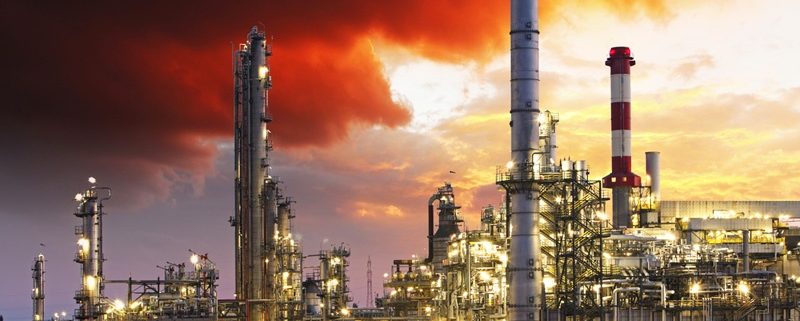


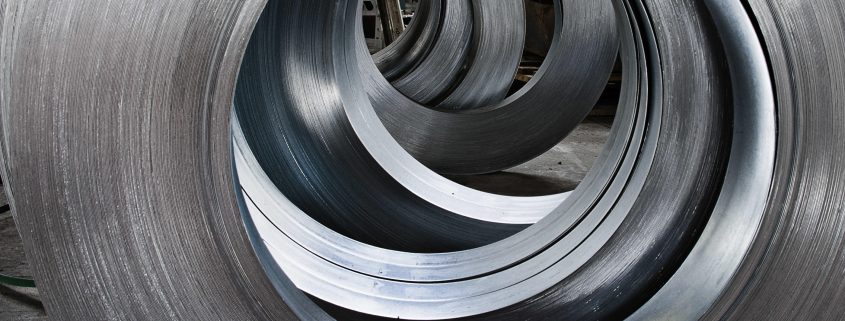




 The three-month aluminium price continued its premarket trend of the week with a small increase. It rose $5.50 to $1,969.50 per ton.
The three-month aluminium price continued its premarket trend of the week with a small increase. It rose $5.50 to $1,969.50 per ton.



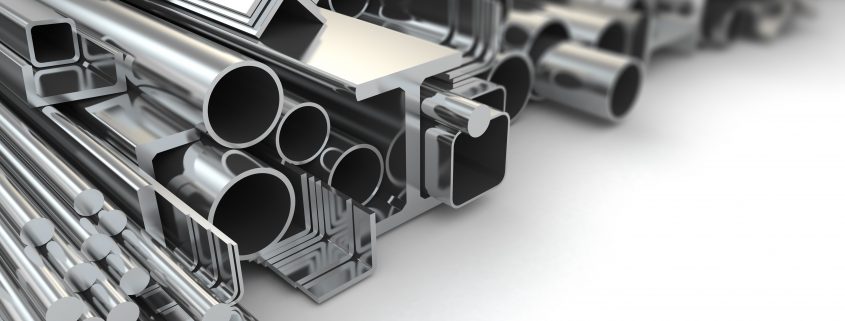


 underpins support for lead prices, but the current jittery macroeconomic backdrop could pose obstacles to sustaining higher prices for lead.
underpins support for lead prices, but the current jittery macroeconomic backdrop could pose obstacles to sustaining higher prices for lead. In 2Q17 Tin prices are expected to be well supported at $19,000 with a preferred upside outlook for nearer the $21,000 per ton mark, Sucden said.
In 2Q17 Tin prices are expected to be well supported at $19,000 with a preferred upside outlook for nearer the $21,000 per ton mark, Sucden said.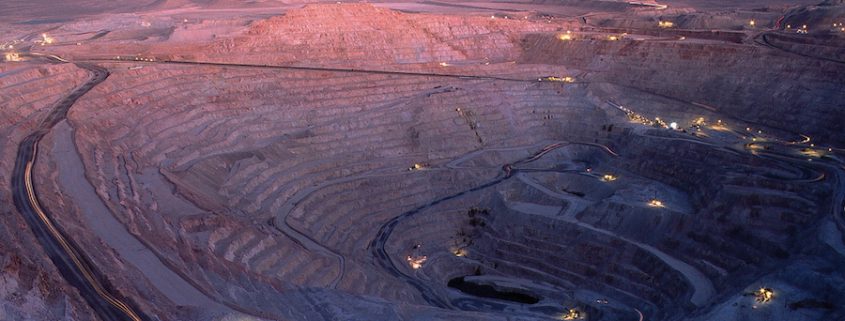


 While Escondida Workers showed their dissatisfaction, it is not the only mine where the results got lower.
While Escondida Workers showed their dissatisfaction, it is not the only mine where the results got lower.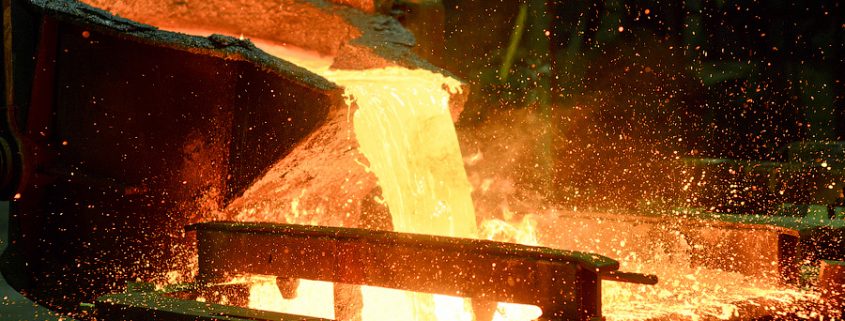
 Base metal prices on the London Metal Exchange were generally up this morning, with copper seeing the biggest increase.
Base metal prices on the London Metal Exchange were generally up this morning, with copper seeing the biggest increase.


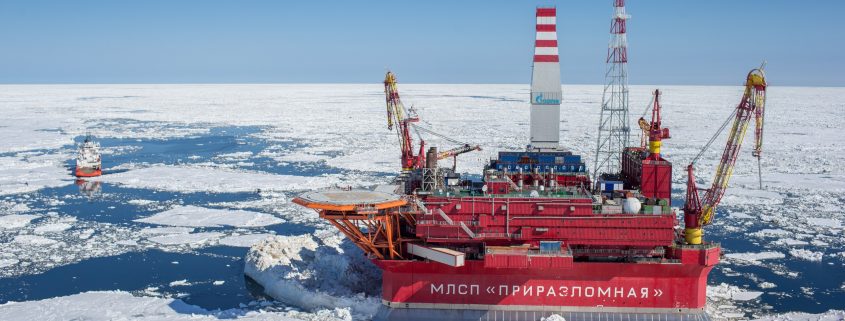

 Novak will meet Russian oil companies this month to discuss the subject. He also reminded they would discuss an extension formally with OPEC on May 24. Without the extension, Raiffeisen bank analyst said forecast for Russian output are: rising about 2 percent in the second half of 2017 to a peak of about 11 million bpd.
Novak will meet Russian oil companies this month to discuss the subject. He also reminded they would discuss an extension formally with OPEC on May 24. Without the extension, Raiffeisen bank analyst said forecast for Russian output are: rising about 2 percent in the second half of 2017 to a peak of about 11 million bpd. has said it plans to boost output this year referring to newly acquired oil fields. Including Kondaneft group of fields in Western Siberia, which are crucial for Russian production.
has said it plans to boost output this year referring to newly acquired oil fields. Including Kondaneft group of fields in Western Siberia, which are crucial for Russian production.